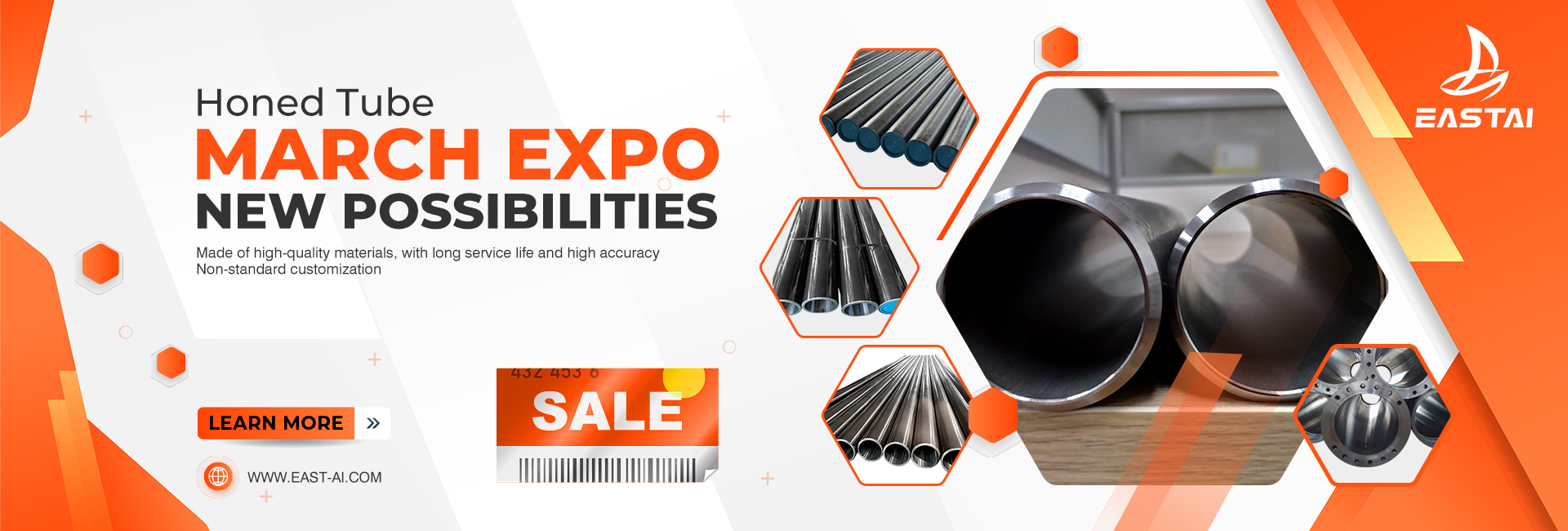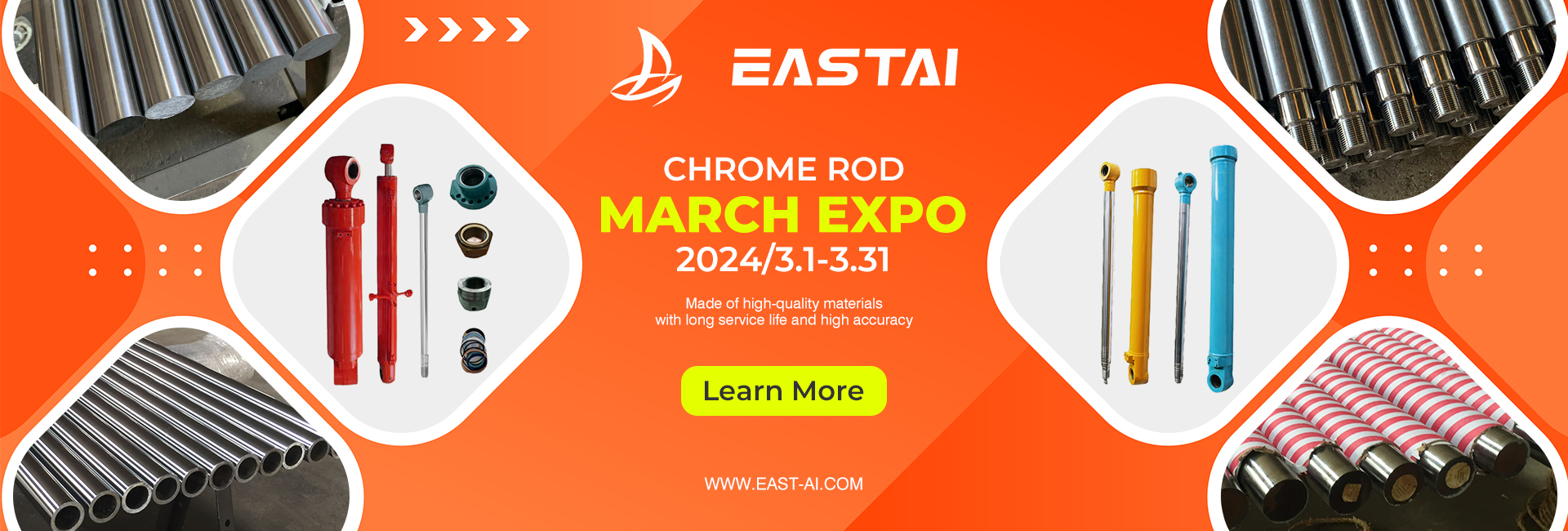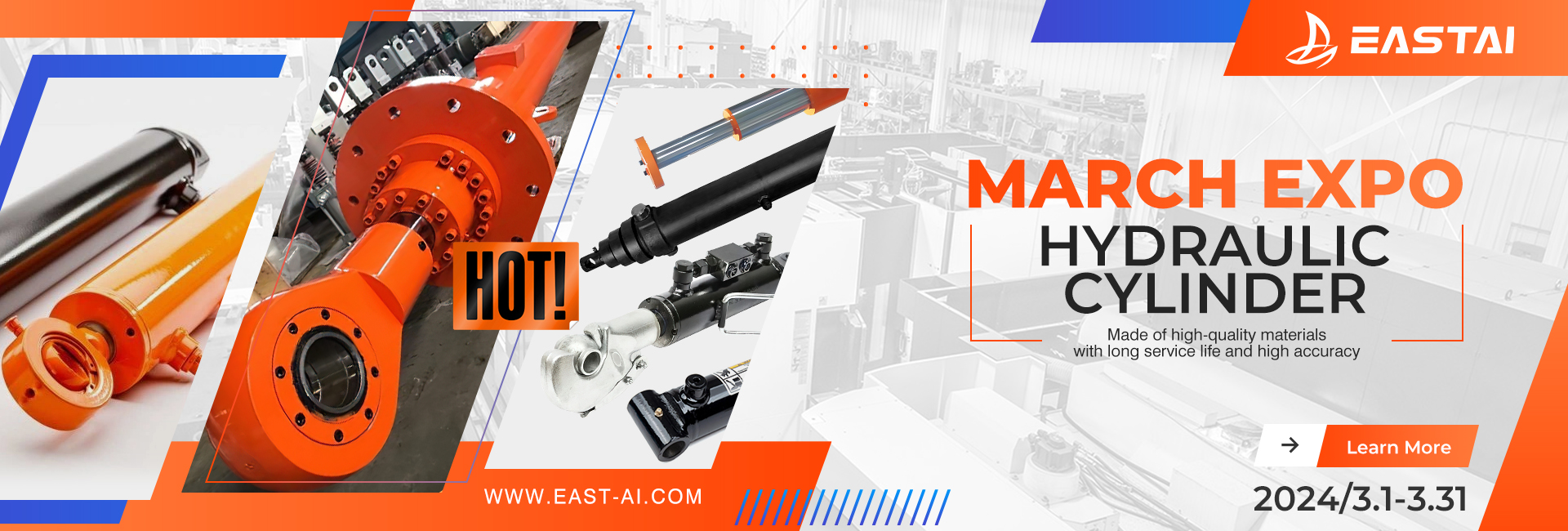Hydraulic and pneumatic cylinders are both used to create linear motion, but they operate using different principles. Hydraulic cylinders use pressurized liquid to generate force, while pneumatic cylinders use compressed gas. Understanding the differences between these two types of cylinders is crucial in selecting the right cylinder for your application.
The first difference between hydraulic and pneumatic cylinders is the type of fluid or gas they use. Hydraulic cylinders use hydraulic fluid, while pneumatic cylinders use compressed air. Hydraulic fluid is a non-compressible fluid that can generate high forces even at low speeds, making hydraulic cylinders ideal for heavy-duty applications. On the other hand, compressed air is a compressible gas that generates lower forces but can achieve high speeds, making pneumatic cylinders ideal for high-speed applications.
The second difference between hydraulic and pneumatic cylinders is their construction. Hydraulic cylinders are typically made of steel or other metals, while pneumatic cylinders can be made of lightweight materials such as aluminum or plastic. The construction of the cylinder can affect its durability, weight, and cost.
The third difference between hydraulic and pneumatic cylinders is their control. Hydraulic cylinders are usually controlled by hydraulic valves, while pneumatic cylinders are controlled by solenoid valves. The control system can affect the precision and responsiveness of the cylinder.
When selecting between hydraulic and pneumatic cylinders, it is important to consider the application requirements, such as the required force, speed, precision, and environmental conditions. For example, if the application requires high force and low speed, a hydraulic cylinder may be the best choice. However, if the application requires high speed and low force, a pneumatic cylinder may be the better choice.
Hydraulic and pneumatic cylinders are both useful for creating linear motion, but they operate using different principles and have distinct differences in fluid or gas type, construction, and control. By understanding these differences, one can select the right cylinder for their application needs.
Hydraulic and pneumatic cylinders with different criteria such as force, speed, precision, and environmental conditions.
We hope this article has provided valuable insights into the difference between hydraulic and pneumatic cylinders. For more information or assistance in selecting the right cylinder for your application, please feel free to contact us.
Post time: Mar-31-2023




